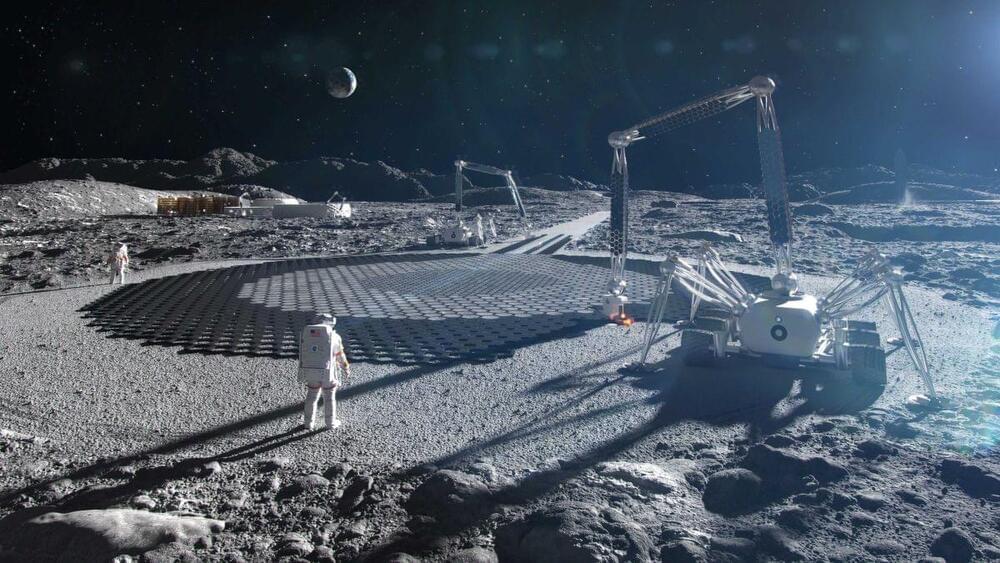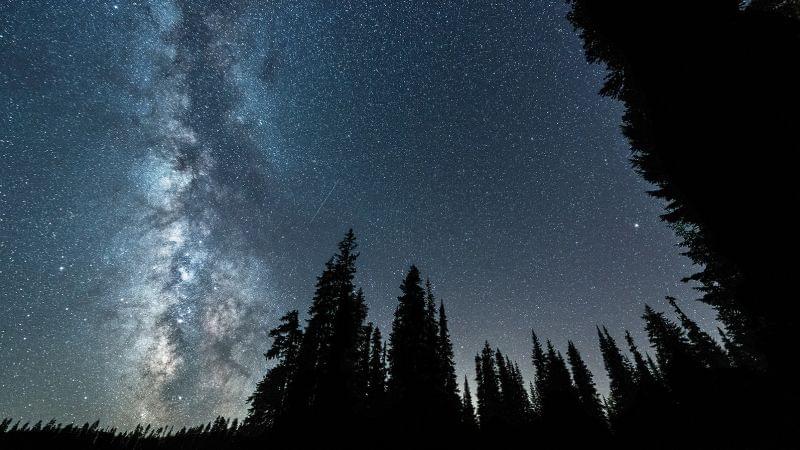A number of entrepreneurial groups have shared their strategies to turn the moon into a hustle and bustle world of marketable services.



In October of 2021, NASA’s next-generation infrared observatory, the James Webb Space Telescope (JWST), will be launched. As the most advanced and complex space telescope ever built, the James Webb will characterize exoplanets, explore our Solar System, and address the deepest cosmological mysteries of all.
NASA+ will be a “no subscription required” streaming service for viewing rocket launches and NASA science, with app integration coming later this year.

Two meteor showers, the Delta Aquariids and Alpha Capricornids, are both expected to peak during the evenings of July 30 and 31.
They will have to compete with a bright moon that’s 95% full, but the Alpha Capricornids may still produce some scintillating fireballs that could outshine the moon.
The Delta Aquariids, also called the Southern Delta Aquariids, will favor skywatchers in the Southern Hemisphere, although they will still be visible in the Northern Hemisphere (especially across the southern US) but lower on the horizon, according to EarthSky.
The stars have always held significance for humans, but it is only recently that we have begun to comprehend vast groups of them, or galaxies, in the far reaches of the universe. The Webb telescope was anticipated by everybody as a game-changer in the field of astronomy. And we knew exactly what we believed Webb would completely astound us with. However, its most recent findings have blown away the proportions of our expectations. The Webb Telescope, according to American astrophysicist Neil deGrasse Tyson, has allowed us to glimpse ghosts from the past.
Subscribe Here ➡
#Voyager #Space
New Patreon page! https://www.patreon.com/seanmcarroll.
Blog post: https://www.preposterousuniverse.com/podcast/2018/08/13/epis…n-nothing/
It’s fun to be in the exciting, chaotic, youthful days of the podcast, when anything goes and experimentation is the order of the day. So today’s show is something different: a solo effort, featuring just me talking without any guests to cramp my style. This won’t be the usual format, but I suspect it will happen from time to time. Feel free to chime in below on how often you think alternative formats should be part of the mix. The topic today is “Why Is There Something Rather than Nothing?”, or equivalently “Why Does the Universe Exist at All?” Heady stuff, but we’re not going to back away from the challenge.
What I have to say will roughly follow my recent paper on the subject, although in a more chatty and accessible style. It concerns ideas at the intersection of physics, philosophy, and theology, so tune in if you’re into that sort of thing.
Big news! After a number of people have asked, I have finally opened a Patreon account for people who would like to support Mindscape in some way. You can sign up to kick in a dollar or more per podcast episode, and in return you get 1) access to occasional Ask Me Anything episodes done exclusively for patrons, and 2) my undying gratitude. If the Patreon route is successful enough, I’ll forego having ads on the podcast — we’ll see how it goes.

Elon Musk has announced a new venture called xAI that plans to “understand the true nature of the universe”. Here’s what we know so far.
A massive galaxy has created a rare distortion in the path of light that has traveled billions of years to reach us from a more distant galaxy.
It’s called an Einstein cross – when the curvature of space-time around a massive foreground object splits the light behind it into four, like the points of a cross. Its confirmation and analysis adds to a slowly growing catalog of these rare alignments, which can help us better understand the more distant reaches of the Universe.
A paper detailing the system has been accepted by The Astrophysical Journal Letters, and is available on preprint resource arXiv.
Robot Rollin’ Justin is a pioneer in testing how astronauts can control a machine on another world. He just finished a test on simulated sands of a Mars-like world.